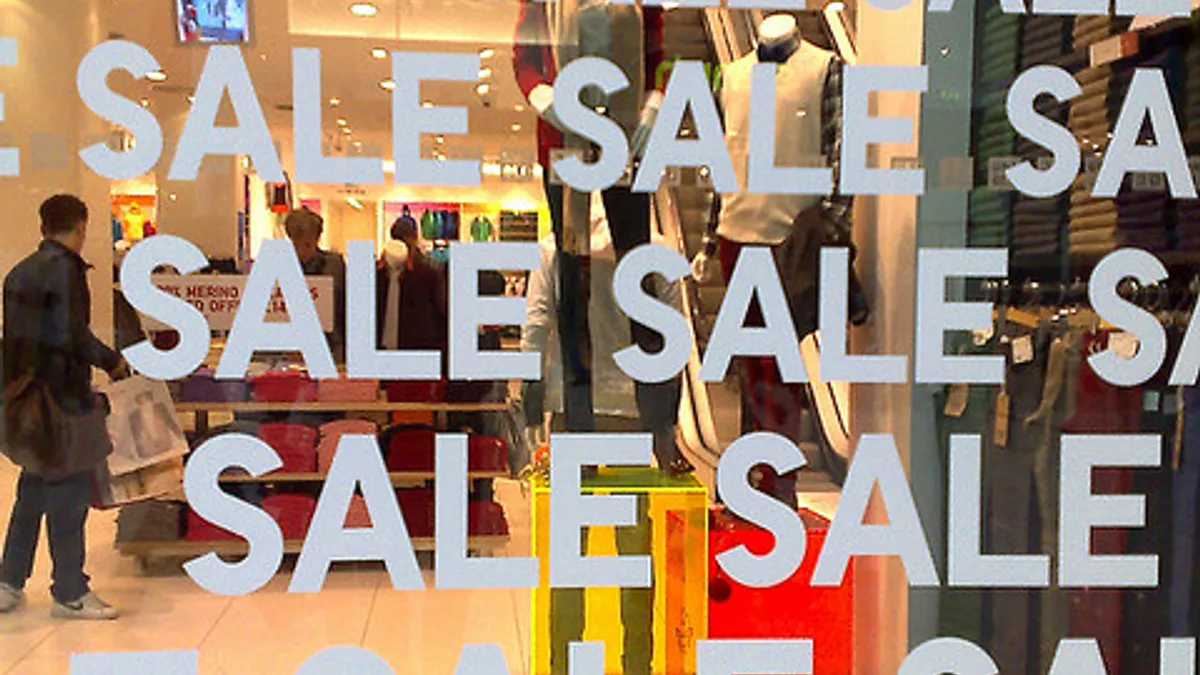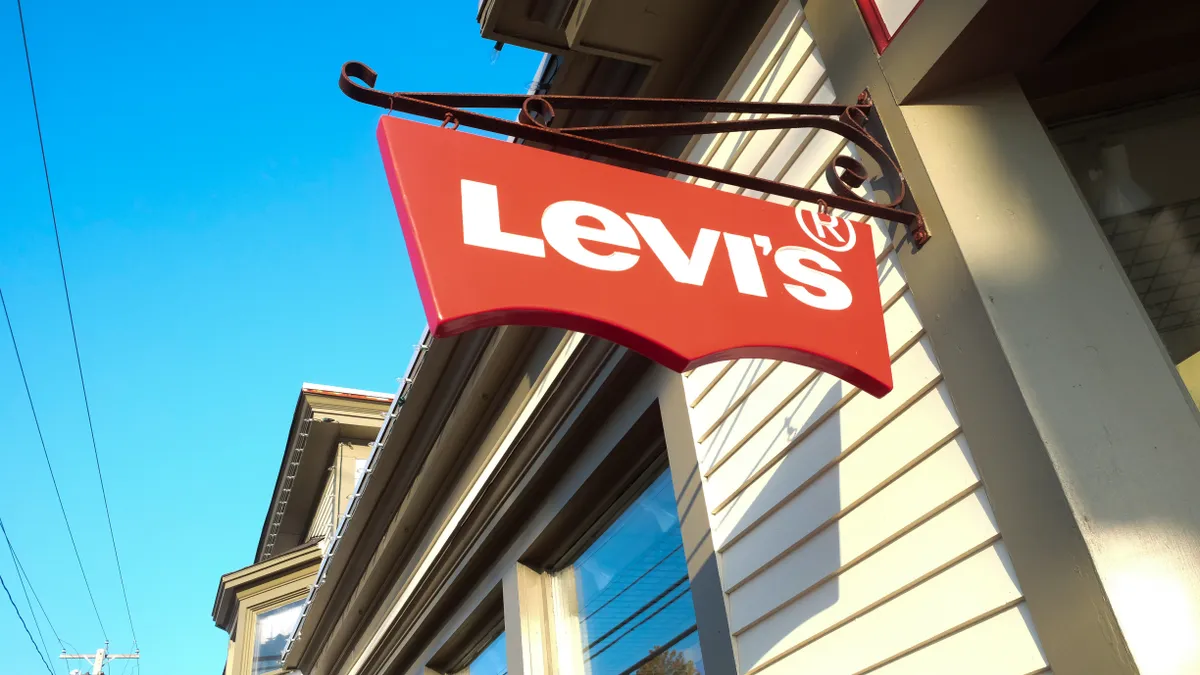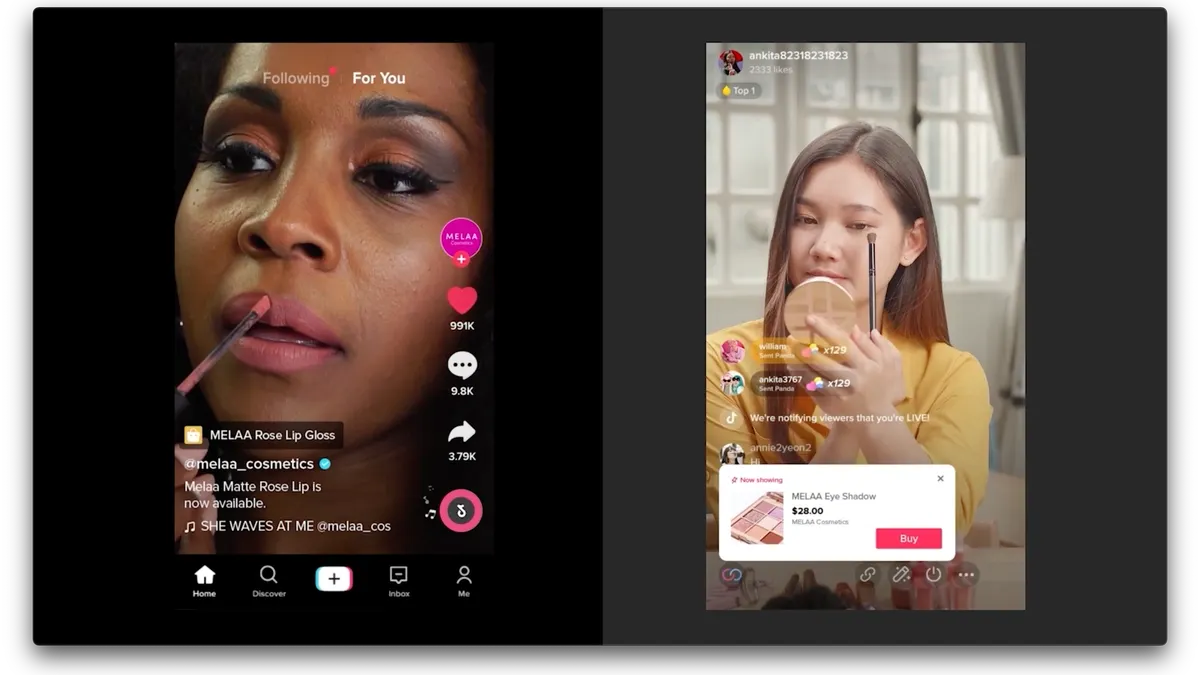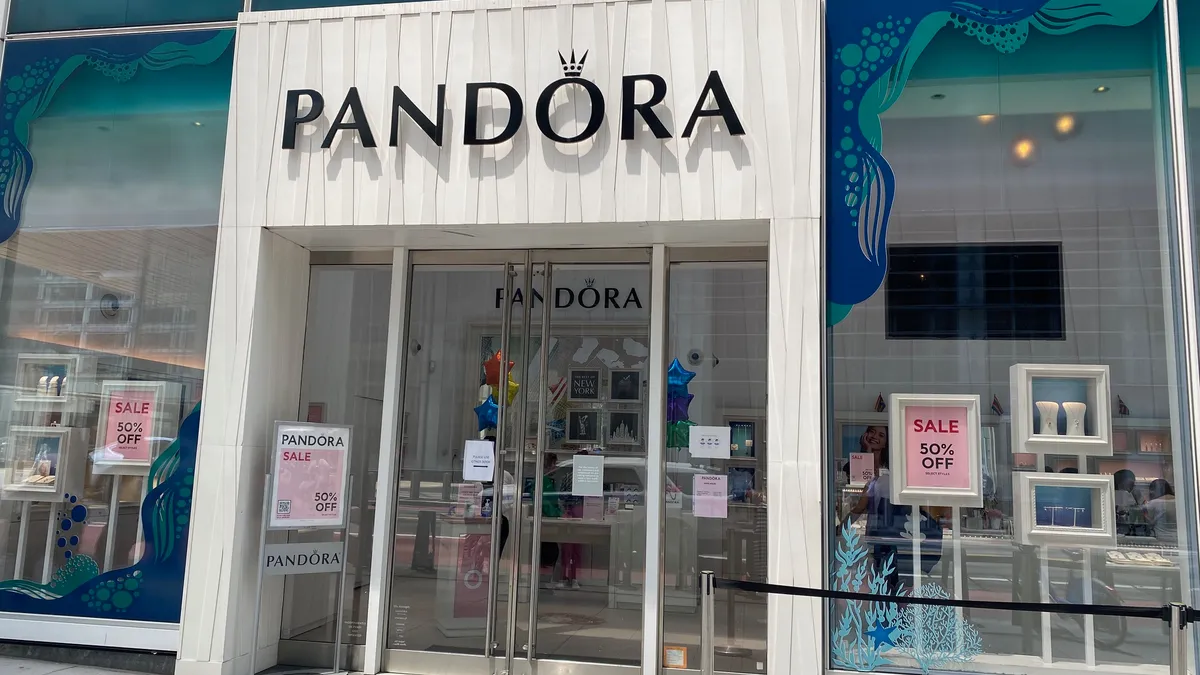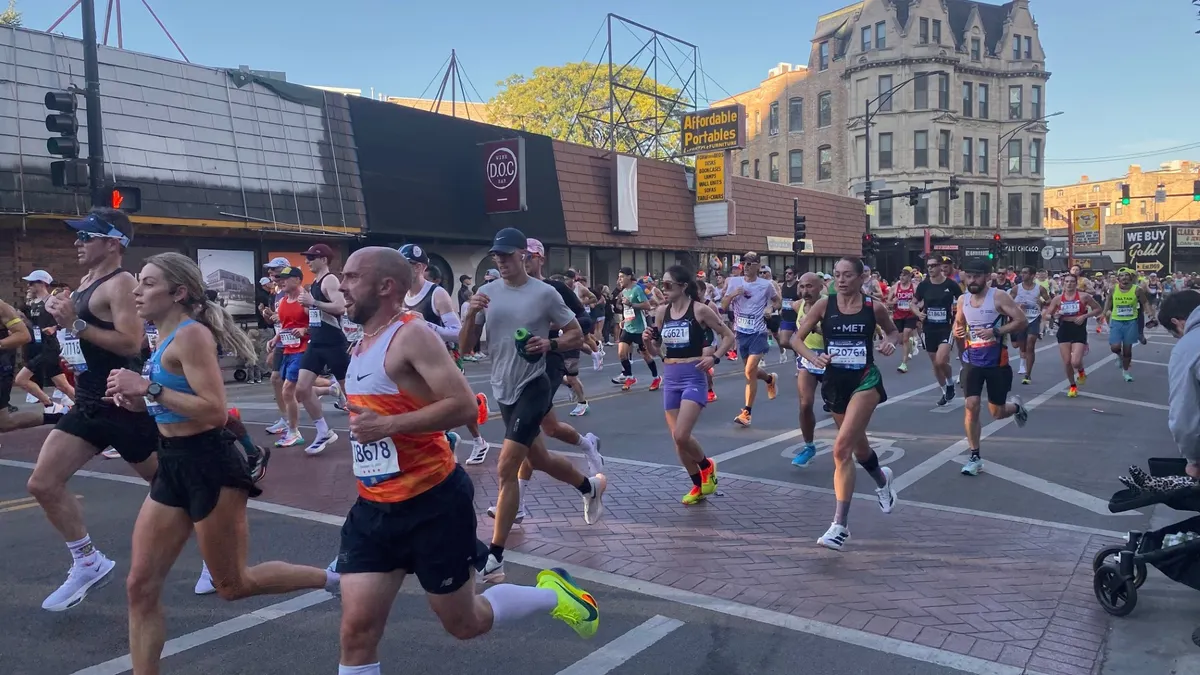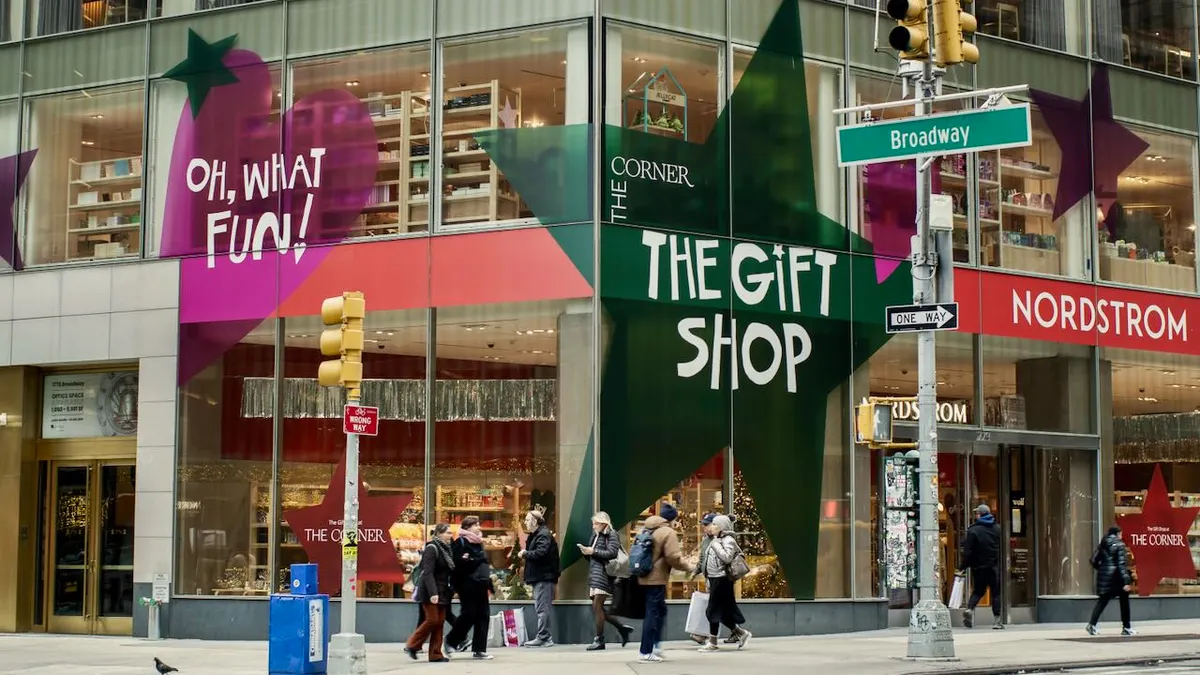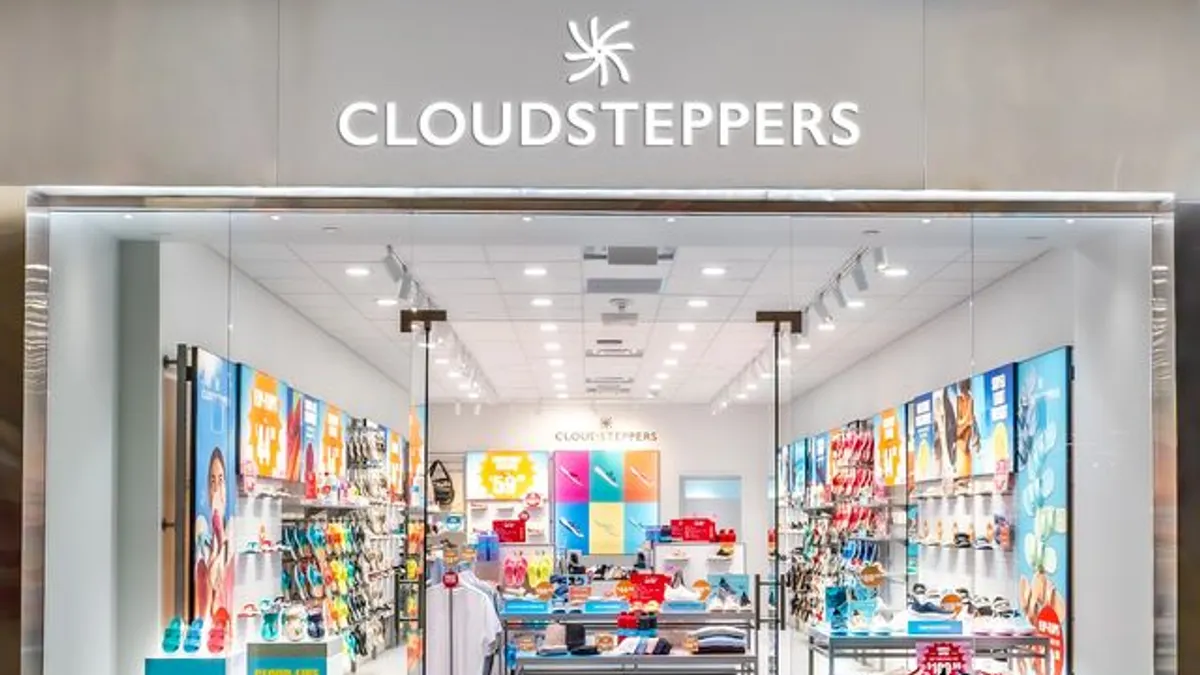This year, as many retailers began their holiday marketing early—really, just after the last jack-o-lantern stopped glowing—Black Friday and even Cyber Monday inevitably lost much of their impact. Many on-the-ground reports from Black Friday showed waning crowds, while spending at stores on the shopping holiday fell to $10.4 billion this year from $11.6 billion last year, according to ShopperTrak.
But it's not a trend contained to this year only. Black Friday and Cyber Monday “creep,” where retailers started deals early or kept them going well after that big shopping weekend, has been happening for a while now.
Here's why retailers should keep their eyes on the prize (if the prize is consumer dollars) until the very end of the holiday season.
The decline of the doorbuster
“The whole ethos around Black Friday is really shifting now,” retail futurist Doug Stephens, author of "The Retail Revival: Re-Imagining Business for the New Age of Consumerism" and the Retail Prophet blog, told Retail Dive earlier this year. “Let’s not forget that traffic to stores on Black Friday was down last year, with an 11% decline.”
E-commerce has had a big impact on this shape-shifting Black Friday weekend. For years now, shoppers haven’t had to head to stores, and consumers aren’t that keen anymore to be pumped up with excitement at retailers’ urging. The frenzied crowds, which have witnessed bad behaviors, injury, and even death, hardly seem worth it. And, frankly, in this “age of the consumer” (if a sometimes struggling and financially uneasy consumer) retailers are less able to dictate when their customers must come in or click through checkout.
Jason Goldberg, VP of commerce at digital marketing firm Razorfish and blogger at RetailGeek.com, told Retail Dive that it doesn’t help that the disappointment from not getting a door buster deal also makes the news these days, via social media, and brands suffer as a result.
“So in general, we see retailers relying less on this ‘scarcity’ thing, instead saying ‘We have a good deal for everybody that comes,’” Goldberg told Retail Dive. “Otherwise, they get a bunch of customers that don’t get that deal, and complain on Facebook. In this world of better transparency, the gimmick promotions are more trouble than they’re worth.”
Last-minute spenders
The effects of e-commerce are multiplying and morphing now that so many consumers have smartphones in their pockets. Those devices are enabling an on-demand economy that, experts say, is affecting retail.
But this doesn’t just mean that consumers want their online orders on the same day or even within an hour. It also means that they want to shop on their terms. Sometimes that means waiting until after Cyber Monday for another round of discounts.
Last year saw more shoppers saving their purchases for the week before Christmas, according to research from purchase-based data platform Cardlytics.
Last-minute shoppers were 36% of the total shoppers last year, giving retailers a 12% increase in physical store sales, and a 27% increase in online sales the week before Christmas, according to Cardlytics. They also spent more, averaging $1,362 per person, almost $100 more than those shopping earlier, who spent an average $1,269 each.
While Black Friday sales last year dropped nearly a full percentage point, sales in the week before Christmas rose a full two percentage points. Late shoppers represented the largest group of shoppers last year, and Cardlytics data says that will be larger this year.
"Retailers should run steady marketing campaigns starting before Thanksgiving and extending right up to Christmas," Cardlytics CMO Dani Cushion told CNBC. "A holiday marketing campaign that is too short leaves potential dollars on the table. Retailers should consider promoting shipping guarantees and simple gift guides to help last minute shoppers quickly and easily finish off their list.”
Even more shoppers than in recent years have put off their holiday shopping, according to American Research Group. At the end of November, 56% of shoppers hadn’t finished shopping, compared to 39% who weren’t finished at the same time last year.
The similarly named America’s Research group this year found enthusiasm among shoppers in stores over Black Friday weekend, and consumers who were pleased with full shelves, available deals, and helpful staffing. But this year they also found that just after Black Friday, 56% reported being less than half-finished with their holiday shopping and that, of those with shopping still to do, 73% planned on taking three to 13 days and nearly half planned to wait as late as Christmas Eve—a 12-year high.
Think, don’t blink
A lot of that patience on the part of consumers has to do with finding what they want at the right price.
Holiday shoppers and retailers have played chicken for several years now—the great recession had consumers in need of discounts, and many haven’t shaken the budget habit. Many are still wary to spend for good reason, considering how wages have stagnated despite a healthier economy.
“Consumers have learned they can wait, that retailers will blink first,” Richard Church, managing director of Discern Securities, told the New York Post.
Retailers generally have positioned themselves well going into the holidays, and physical stores saw more people actually making purchases last month, according to physical-store analytics firm RetailNext.
“As we got into Thanksgiving, there was a great uptick in traffic,” RetailNext VP of retail consulting Shelley E. Kohan told Retail Dive. “That speaks to people very interested in getting out. The weather helped tremendously. Shoppers were very aware of promotions that retailers were going to roll out Thanksgiving and even beyond that.”
Kohan, who was speaking before “Super Saturday,” another day that retailers hope will help polish off their sales year, also said she has found that this year retailers and brands are being more strategic and less panicked about their pricing.
“Last year a lot of retailers were caught off guard going into Thanksgiving,” she says. “Cyber promotions started early last year and there was more panic last year. It’s measured this year, thought out and planned. There are really great discounts and deals on a few items, for example, and the rest of the items aren’t cut as deep promotionally. I think that bodes well.”
Still, as time has worn on, shoppers do appear to be willing to wait and wait. Kohan agrees that consumers are extremely price-savvy, and for some items will be patient enough to wait for prices to come down as December hurtles to a close. Macy's chairman-CEO Terry Lundgren said last month that shoppers will be indeed rewarded for their patience.
"Eventually you run out of days to sell through the inventory, because December 27th comes and volume just drops off precipitously," said Lundgren. "We're going to take markdowns. Consumers are going to have a field day, because we're going to have lots of values out there. But we're going to get rid of the inventory; have to do that before Christmas.”
'Don’t put it all on black'
Many experts expect late shopping to continue to be a trend.
“While we don’t have any data insights on 2015 yet, it’s safe to say that this pattern will continue,” Adrian Pike, VP Marketing at point-of-sale systems company Lightspeed, told Retail Dive in an email. “Black Friday isn’t the only day for sales, and it’s not necessarily the smartest day for discounts, either. For example, between December 3 and 15 of last year, independent home and garden retailers offered products discounted, on average, by 18%, making this time period the most deeply discounted of the holiday season, even beating out Black Friday.”
While it’s common to characterize retailers as “blinking” in the face of this consumer patience for discounts, Pike says that well-planned discounts in the latter part of the shopping season can be savvy.
“I wouldn’t say retailers have caved into discounts, but our customers are smart,” he says. “If your competitors are offering discounts, you should be too. We all buy things, and we all understand how it works. Independent retailers need to be highly aware of their competitors and remember that big box retailers aren’t their only competitors.”
But Pike, like Kohan, says that retailers, especially smaller, more independent retailers, must have a strategy in place well ahead of time.
“Simply put, don’t put it all on ‘black,’” he says. “It’s easy for small retailers to get caught up in the frenzyaround what big box retailers are doing, but, frankly, everyone wants a good deal in those weeks leading up to Christmas."
"Black Friday isn’t the end-all be-all, and retailers should be strategic about their sales strategy for the entire season," Pike continued. "Our data shows the weeks just before Christmas and the days just after have historically brought in the most business. It’s tough for independent retailers to compete on Black Friday as it just isn’t profitable to offer those same door-busting mark-downs. A shift into late season promotions may be key to capturing the holiday shopper for independent retailers.”



